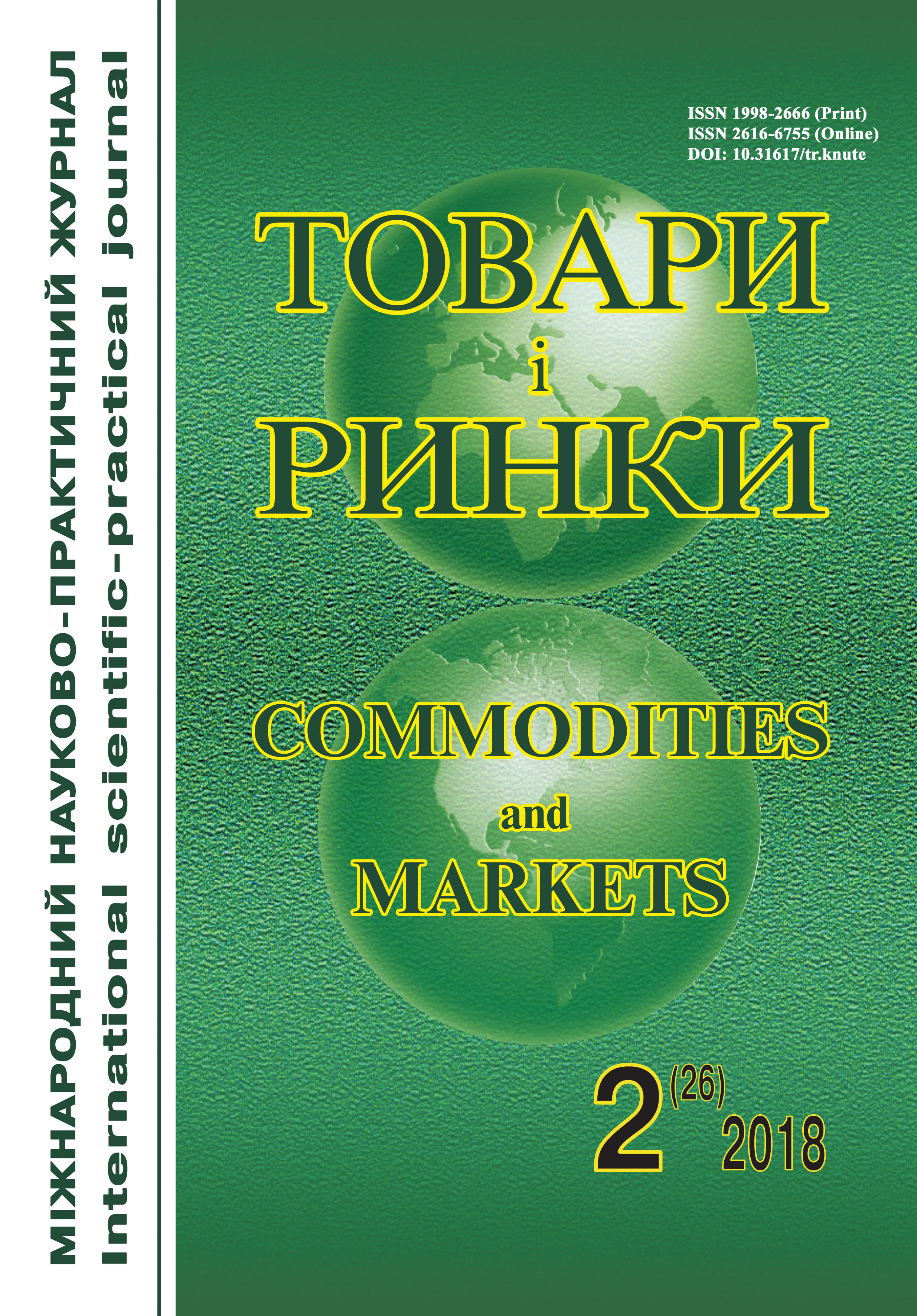Evaluation of the properties of fillers of mixtures for masonry
Keywords:
fly ash microspheres, perlite, sodium borosilicate microspheres, wettability of a surface, effective specific surface area, chemical composition, conditional tangent of dielectric losses angle, coefficient of thermal conductivityAbstract
Background. The range of fillers for building materials is quite limited. The chemical composition and properties of ash microspheres determine the prospects for using them as a filler for building materials with given properties.
The aim of the work is to develop compositions with increased thermal insulation and operational properties wich are based on the comparative assessment of the quality of mixtures for masonry and the identification of the advantages of ash microspheres.
Analysis of recent research and publications. Perlite is used as filler for building materials. Sodium-borosilicate microspheres are rarely used as fillers for building materials. Q. Wang, D. Wang, H. Chen argue that the introduction of the latter makes it possible to obtain source materials with increased durability, heat and sound insulation, etc. [3]. Research by D. V. Kersh [4], T. N. Teryaeva, O. V. Kostenko and others [5] of the properties of perlite and sodium borosilicate microspheres shows the effectiveness of these materials in the construction industry.
Material and methods. As the objects of research were selected fly ash microspheres from Ukrainian TPPs obtained at UMG Holding Ukraine. Hydrolyzate of ethyl silicate was selected as a modifier, Tylose 30000 YP was a functional additive. Sampling of fly ash microspheres was carried out according to DSTU B V.2.7-128:2006 [6]. The chemical composition was determined by the method of X-ray fluorescence analysis; properties of the surface were determined by the method of Deryagin [8; 9]; coefficient of thermal conductivity was determined according to State Standard of Ukraine DSTU, V.2.7-182:2009 [10]; conditional tangent of the dielectric loss angle was determined using the bridge of the alternating current R5083 at a working frequency of 1000 Hz [11]; compressive strength was determined according to DSTU B V.2.7-214:2009 [12]; adhesion strength was determined according to [13; 14].
Results. Results of research of properties of fillers on the example of fly ash, sodium borosilicate microspheres and perlite are presented in the article. It has been established that SiO2 is the main element of the chemical composition of perlite, sodium borosilicate and fly ash microspheres. Aluminum oxide (Al2O3) in its chemical composition contains only perlite and fly ash microspheres, due to the peculiarities of the raw material used in their formation. Advantages of fly ash microspheres in comparison with sodium borosilicate and perlite when they are used as fillers for building materials with increased thermal insulation properties have been shown. Relationship between chemical composition, surface properties (wettability, effective specific surface, coefficient of lyophilicity), thermophysical (thermal conductivity coefficient) and dielectric (conditional tangent of dielectric losses angle) properties of investigated materials have been established.
Based on the obtained researches formulations of mixtures for masonry have been developed. The obtained compositions were compared with the control (Cerezit CT-21) according to the following parameters: compressive strength, adhesion strength and coefficient of thermal conductivity.
Conclusion. It has been established by the research that among all the developed compositions according to indicators such as compressive strength, adhesion strength and coefficient of thermal conductivity, the best is the composition of number 2.
The fly ash microspheres, in comparison with sodium borosilicate and perlite, have the greatest prospects of using as fillers of mixtures for masonry. This is confirmed by the lowest coefficient of their thermal conductivity.
References
Danilovich I. Ju., Skanavi N. A. Ispol'zovanie toplivnyh shlakov i zol dlja proizvodstva stroitel'nyh materialov. M. : Vyssh. shk., 1988. 33 s.
Kac G. S., Milevski D. V. Napolniteli dlja polimernyh kompozicion-nyh materialov. M. : Himija, 1981. 736 s.
Wang Q., Wang D., Chen H. The role of fly ash microsphere in the microstructure and macroscopic properties of high-strength concrete. Cement and Concrete Composites. Department of Civil Engineering, Tsinghua University. China, 2017. Р. 125–137.
Kersh D. V. Gipsovi kompozycii' z zol'nymy mikrosferamy : avtoref. dys. ... kand. tehn. nauk : 05.23.05. Odesa, 2015. 14 s.
Terjaeva T. N., Kostenko O. V., Ismagilov Z. R., Shikina N. V., Rudina N. A., Antipova V. A. Fiziko-himicheskie svojstva aljumosilikatnyh polyh mikrosfer. Vestn. KuzGTU. 2013. № 5 (99). S. 86–90.
DSTU B V.2.7-128:2006. Dobavky aktyvni mineral'ni ta dobavky napovnjuvachi do cementu. Tehnichni umovy. Kyi'v : Instytut "UkrDIcement", 2013. 8 s.
Sviders'kyj V. A., Chernjak L. P., Sal'nyk V. G. Instrumental'ni metody himichnogo analizu sylikatnyh system : navch. posib. Kyi'v : "Politehnika", 2017. S. 91–98.
Derjagin B. V., Zahaev M. N., Talaev M. V. Pribor dlja opredelenija kojefficienta fil'tracii i kapilljarnoj propitki poristyh i dispersnyh tel. Novye metody fizikohimicheskih issledovanij. M. : Izd-vo AN SSSR, 1957. S. 102–107.
Derjagin B. V., Zahaeva N. N., Talaev M. V., Filippovskij V. V. Opredelenie udel'noj poverhnosti poroshkoobraznyh tel po soprotivleniju fil'tracii razrezhennogo vozduha. M. : Izd-vo AN SSSR, 1957. 60 s.
DSTU B V.2.7-182:2009. Budivel'ni materialy. Metody vyznachennja terminu efektyvnoi' ekspluatacii' i teploprovidnosti budivel'nyh izoljacijnyh materialiv v rozrahunkovyh ta standartnyh umovah. Kyi'v : Minregionbud Ukrai'ny, 2010. 23 s.
Pohodun A. I., Sharikov A. V. Jeksperimental'nye metody issledovanij : ucheb. posob. SPb. : SPb GU ITMO, 2006. S. 87–90.
DSTU B V.2.7-214:2009. Budivel'ni materialy. Betony. Metody vyznachennja micnosti za kontrol'nymy zrazkamy : Kyi'v : Minregionbud Ukrai'ny, 2009. 43 s.
Movsisjan G. V. Spravochnik po klejam. M. : Izd-vo AN SSSR, 1980. 304 s.
Berlin L. A., Basin V. B. Osnovy adgezii polimerov. M. : Feniks, 1974. 397 s.
Dvorkin L. I., Dvorkin O. L. Stroitel'nye materialy iz othodov promyshlennosti : ucheb.-sprav. posob. Rostov n/D. : Feniks, 2007. 368 s.
Pashhenko A. A., Voronkov M. G., Krupa A. A., Sviderskij V. A. Gidrofobnyj vspuchennyj perlit. Kiїv : Nauk. dumka, 1977. S. 5–10.
Huang W., Day D. E., Kittiratanapiboon K., Rahaman M. N. Kinetics and mechanisms of the conversion of silicate (45S5), borate, and borosilicate glasses to hydroxyapatite in dilute phosphate solutions. J. Mater. Sci. : Mater. Med. 2006. N 17. P. 583–596.



